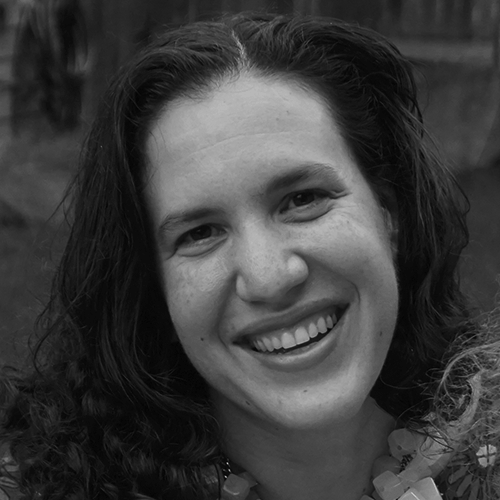
Alice Steinglass
President, Code.org
I have a secret.
I don’t love computers. I’m certainly not alone in finding them at times frustrating, aggravating and surprisingly unpredictable. But, while running tech teams for 15 years, that is not something I would admit freely.
Unlike many of my coworkers, I never assembled a computer for fun on the weekend, and I certainly didn’t track the most recent release of a new graphics chip with more gigahertz or a faster clock rate. But as one of the only women in a field dominated by men, I feel the daily pressure to blend in by wearing tech t-shirts, jeans — and talking the talk.
In truth, I was drawn to the software industry because of the impact it can have to support positive change in people’s lives. I love how quickly technology and computers allows us to create, iterate, and innovate. I love that I can read a book with my daughter before bed when I’m on a business trip in San Antonio and she’s in Seattle and that I can see her face when she’s blowing me a kiss goodnight.
And, I’m not alone.
More women like me
Across the country, schools are recognizing that women are more interested in computer science when the courses focus on the impact of the software. The National Center for Women in Technology (NCWIT) has published a great overview of best practices for recruiting women based on the latest academic research. We’re seeing schools adopt these practices. For example, the College Board introduced a new AP computer science course, which encourages students to think about the impacts of computing on society. This course supports more inclusive and diverse classrooms.
Why it matters
Today, less than 25 percent of the American tech workforce is female. As technology continues to expand into every part of our lives and drive innovation, this lack of diversity is alarming. A lack of diversity leads to unintentional biases — in what we consider important, in what we view as problems and in the things at which we marvel. A diversity of backgrounds, experiences and approaches is essential to better solve problems, build solutions and invent products for the diverse society we live in.
Closing the gender gap in the tech workforce will require changes in corporate culture and practices across the board: hiring, retention, management and policies. The gap begins long before women are entering the workforce. Here at Code.org we are working on that critical part of the problem: our education system.
Girls are less likely to be told by a teacher or parent that they would be good at computer science. They often have less prior experience and less confidence enrolling in classes. It’s not surprising that computer science classes are overwhelmingly male-dominated. At Code.org, we work with teachers to help them bring equitable computer science to their schools. And to break the stereotypes about what computer science is.
We challenge students to not just build software, but to think about problems they want to solve with technology. In fact, the first unit of our middle school computer science course doesn’t even use computers. The capstone project of the unit is a poster board the students create of a problem they would like to address and the app they would design to solve it.
When you let students express their creativity, they will surprise you. I’ve seen girls work on countless projects to improve their lives and schools. Everything from how to pick healthy choices at lunch to an app to help with suicide prevention in their school.
The very first computer scientist was Ada Lovelace, who developed the first computer program in the 1800s — before computers even existed. As we look forward to the road ahead, I’d love to see us inspire the next generation of young women to not just use software, but create it.

